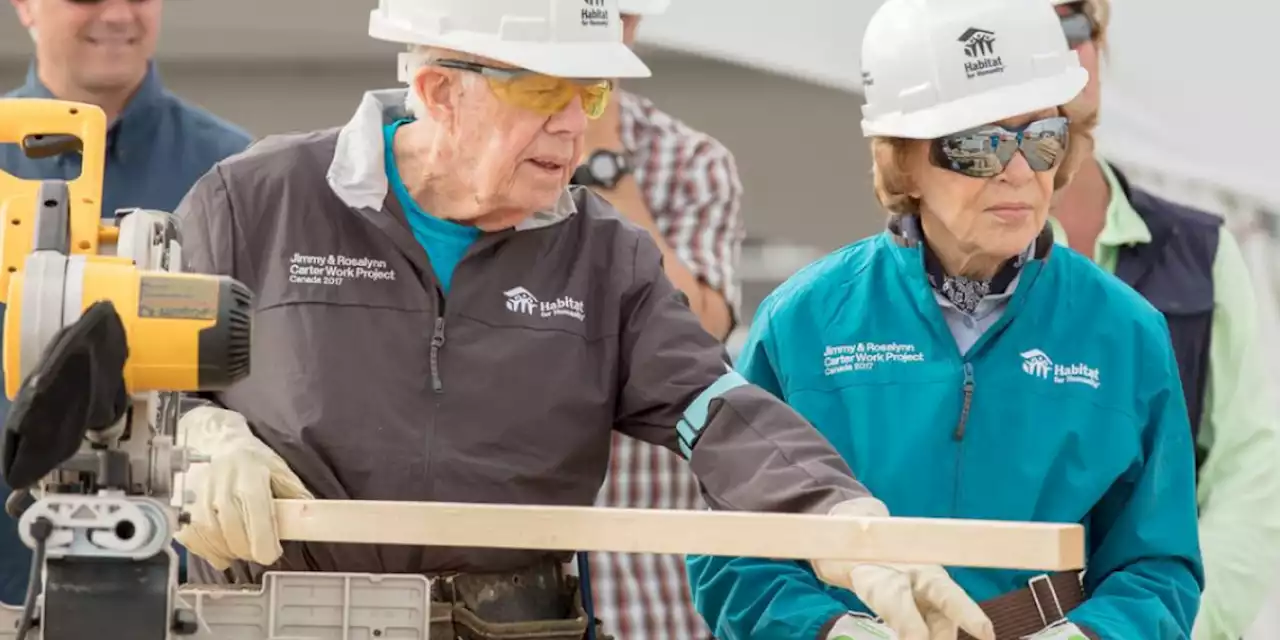President Jimmy Carter built the bridge between South Georgia and the rest of the world. The CEO of Habitat for Humanity says he’s really what placed the organization on the map.
“He’s lived an extraordinary life and had in ways lived multiple lifetimes of impact,” Reckford said. “So, I think in many ways his message is spiritually, I’m fine and to the rest of us, get back to work.
There’s a lot to do in our world to make it better.”Copyright 2023 WALB. All rights reserved.United States Latest News, United States Headlines
Similar News:You can also read news stories similar to this one that we have collected from other news sources.
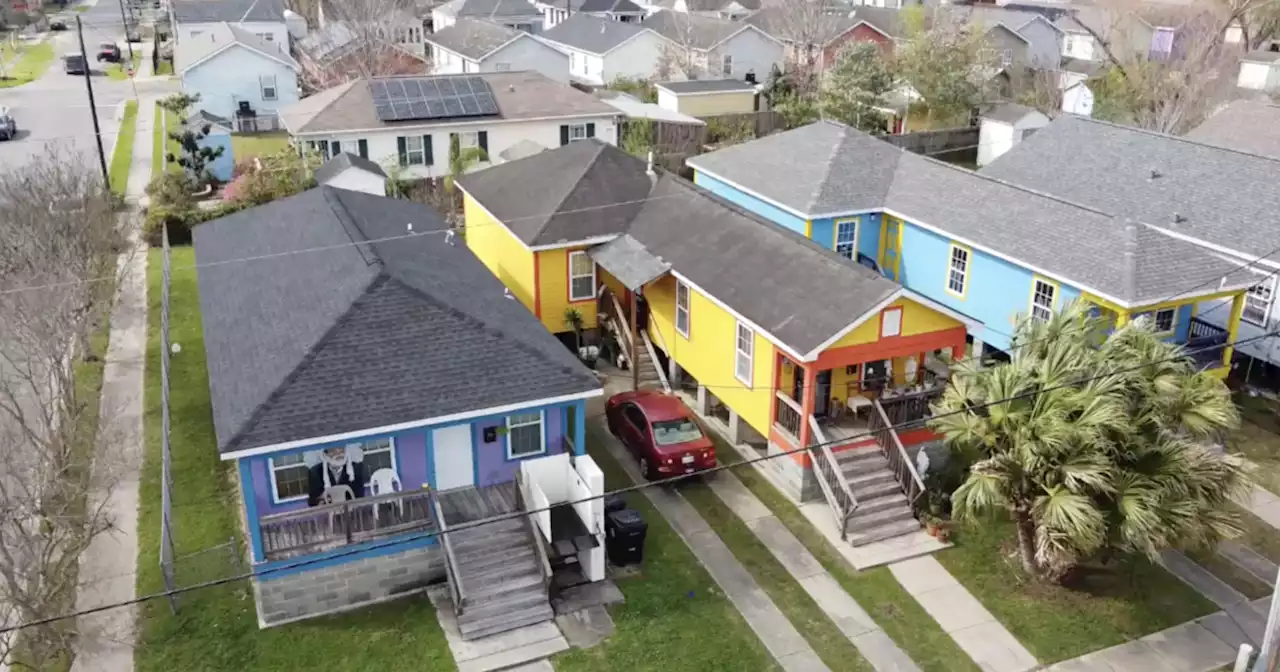 With Jimmy Carter in hospice, Habitat for Humanity homeowners reflect on his workFifteen years ago, a New Orleans neighborhood became reborn after Hurricane Katrina. Among the people who came to build Habitat for Humanity homes there was President Jimmy Carter.
With Jimmy Carter in hospice, Habitat for Humanity homeowners reflect on his workFifteen years ago, a New Orleans neighborhood became reborn after Hurricane Katrina. Among the people who came to build Habitat for Humanity homes there was President Jimmy Carter.
Read more »
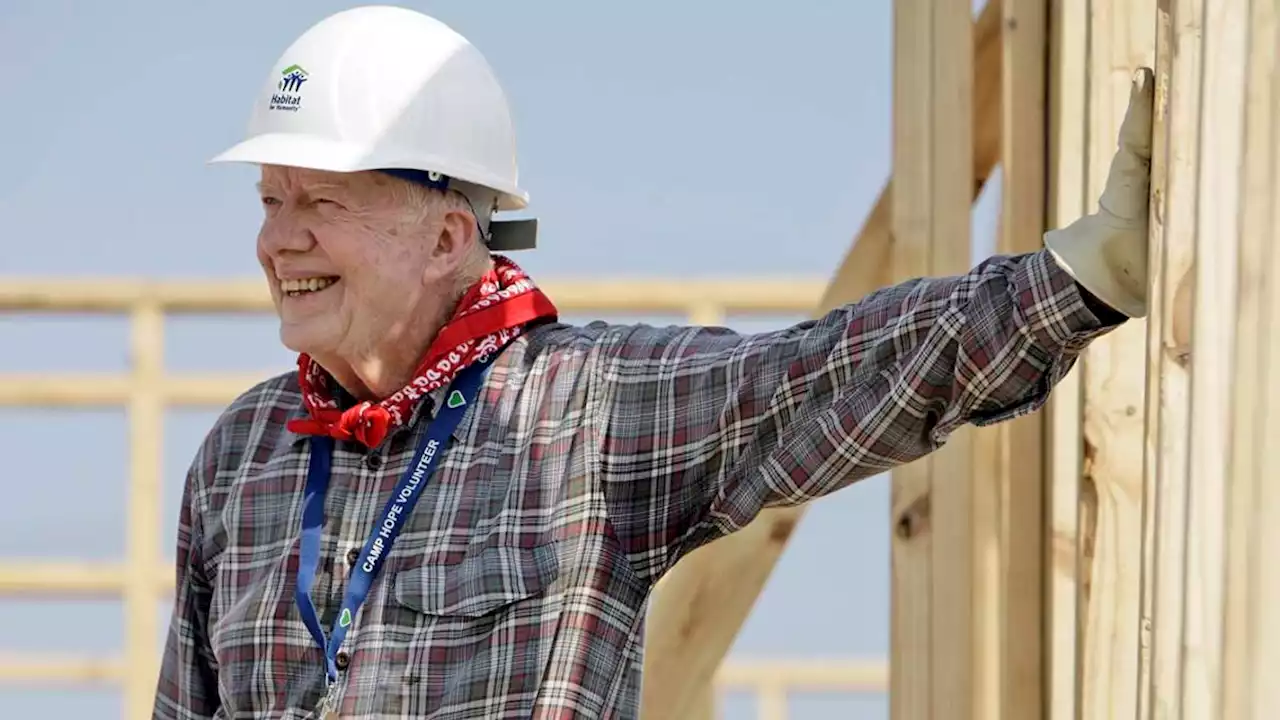 How Jimmy Carter put Habitat for Humanity ‘on the map’The former president and Mrs. Carter first volunteered with Habitat for Humanity in March 1984, a little over three years after he departed the White House. Later that same year, the Carters traveled to New York City’s Lower East Side to join other volunteers from the group in renovating an abandoned building.
How Jimmy Carter put Habitat for Humanity ‘on the map’The former president and Mrs. Carter first volunteered with Habitat for Humanity in March 1984, a little over three years after he departed the White House. Later that same year, the Carters traveled to New York City’s Lower East Side to join other volunteers from the group in renovating an abandoned building.
Read more »
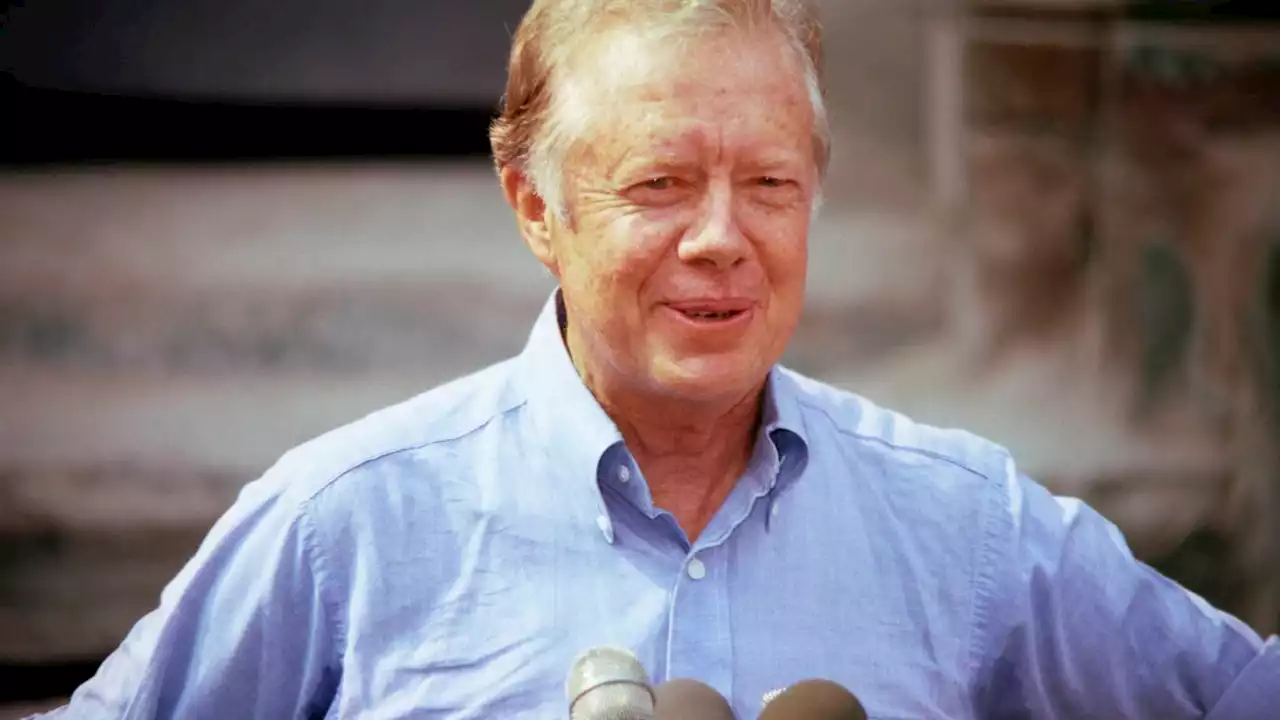 How Jimmy Carter put Habitat for Humanity 'on the map'In 2019, just hours after being released from a Georgia hospital following a fall that resulted in a pelvic fracture, former President Jimmy Carter, who had just turned 95, headed to Nashville, Tenn., to continue the volunteer work that had become an abiding passion of his life.
How Jimmy Carter put Habitat for Humanity 'on the map'In 2019, just hours after being released from a Georgia hospital following a fall that resulted in a pelvic fracture, former President Jimmy Carter, who had just turned 95, headed to Nashville, Tenn., to continue the volunteer work that had become an abiding passion of his life.
Read more »
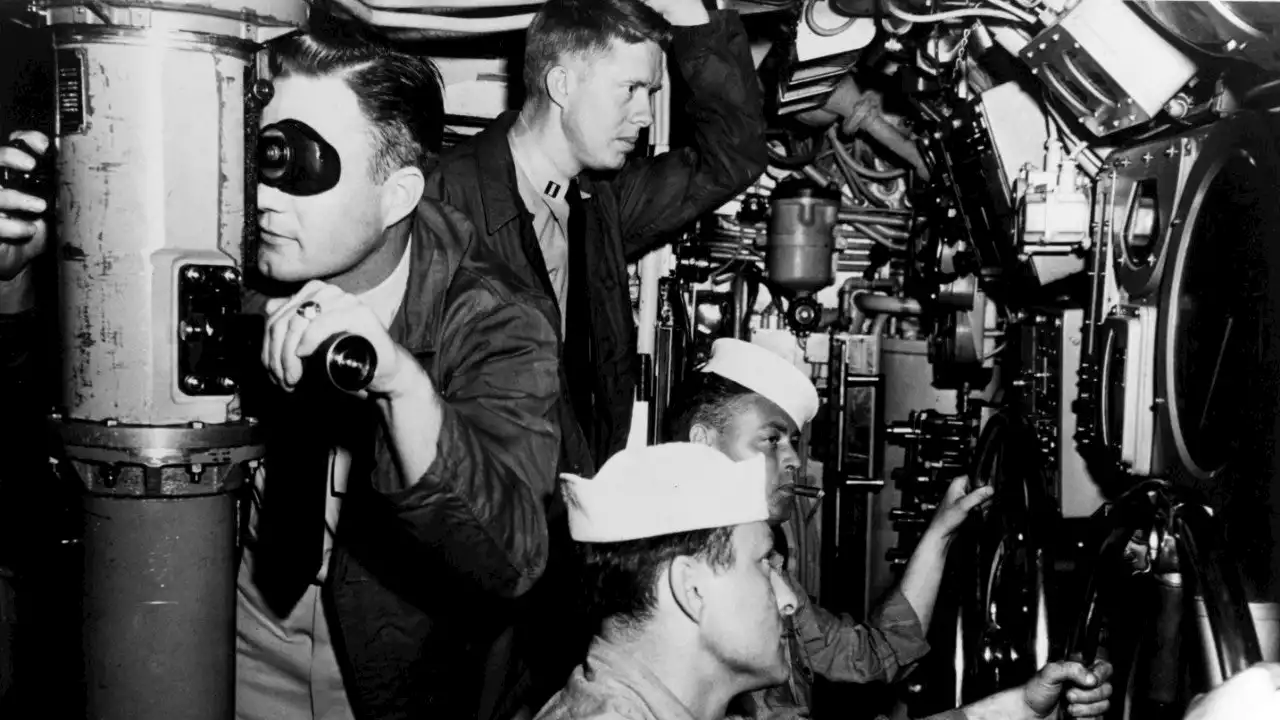 Before he was president, Jimmy Carter saved nuclear reactor after meltdownIn 1952, when a Canadian nuclear reactor suffered a partial meltdown, officials turned to a young Navy sailor who could deal with the situation: 28-year-old future president Jimmy Carter.
Before he was president, Jimmy Carter saved nuclear reactor after meltdownIn 1952, when a Canadian nuclear reactor suffered a partial meltdown, officials turned to a young Navy sailor who could deal with the situation: 28-year-old future president Jimmy Carter.
Read more »
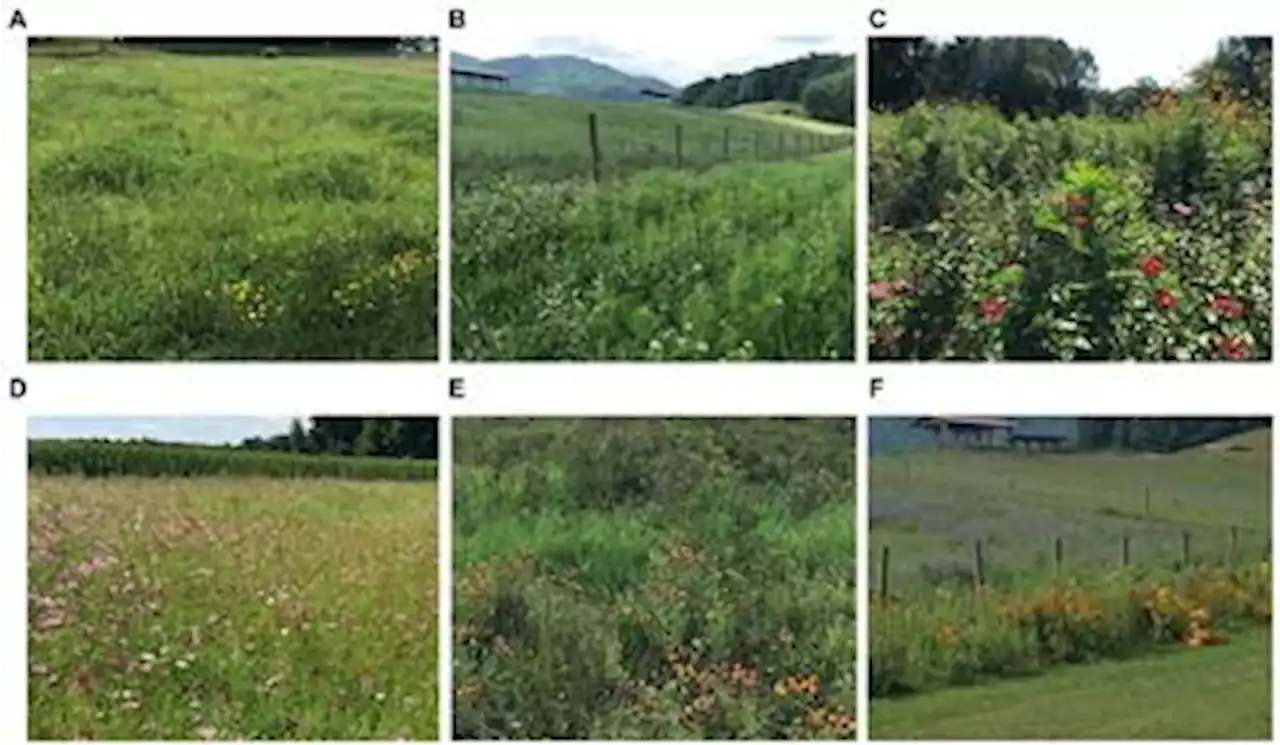 Frontiers | Planted pollinator habitat in agroecosystems: How does the pollinator community respond?Pollinators are important both ecologically and economically. Nonetheless, documented pollinator population decline threatens ecosystem functioning and human well-being. In response, conservation methods such as augmented pollinator habitat are becoming popular tools to combat pollinator losses. While previous research has shown added habitat can benefit bee communities, there are still aspects of the habitat implementation that require further research, particularly how this will impact bee communities in real-world settings beyond researcher-led efforts. In our study, we use a 2016 initiative mandating the planting of pollinator habitat on research stations across North Carolina, USA to act as an outdoor laboratory to investigate this exact question. From 2016 to 2018, we found significant increases in bee abundance and diversity. However, these increases depended on the quality of habitat, with areas of higher flower cover and diversity supporting larger, more diverse bee communities. Although the habitats positively supported bee communities, we found that resources within the habitats were lower later in the sampling season, highlighting the need of developing seed mixes that include late season resources. Weedy plants were documented to establish within the habitats, demonstrating the need for regular upkeep and maintenance of pollinator habitat in order to appropriately support bee communities. It is likely that planting pollinator habitat will not be a one-size-fits-all conservation solution, as bee species can respond differently to some habitat characteristics. Future long-term studies on pollinators will be important as natural fluctuations in bee populations may limit findings and many knowledge gaps on native bees still persist.
Frontiers | Planted pollinator habitat in agroecosystems: How does the pollinator community respond?Pollinators are important both ecologically and economically. Nonetheless, documented pollinator population decline threatens ecosystem functioning and human well-being. In response, conservation methods such as augmented pollinator habitat are becoming popular tools to combat pollinator losses. While previous research has shown added habitat can benefit bee communities, there are still aspects of the habitat implementation that require further research, particularly how this will impact bee communities in real-world settings beyond researcher-led efforts. In our study, we use a 2016 initiative mandating the planting of pollinator habitat on research stations across North Carolina, USA to act as an outdoor laboratory to investigate this exact question. From 2016 to 2018, we found significant increases in bee abundance and diversity. However, these increases depended on the quality of habitat, with areas of higher flower cover and diversity supporting larger, more diverse bee communities. Although the habitats positively supported bee communities, we found that resources within the habitats were lower later in the sampling season, highlighting the need of developing seed mixes that include late season resources. Weedy plants were documented to establish within the habitats, demonstrating the need for regular upkeep and maintenance of pollinator habitat in order to appropriately support bee communities. It is likely that planting pollinator habitat will not be a one-size-fits-all conservation solution, as bee species can respond differently to some habitat characteristics. Future long-term studies on pollinators will be important as natural fluctuations in bee populations may limit findings and many knowledge gaps on native bees still persist.
Read more »
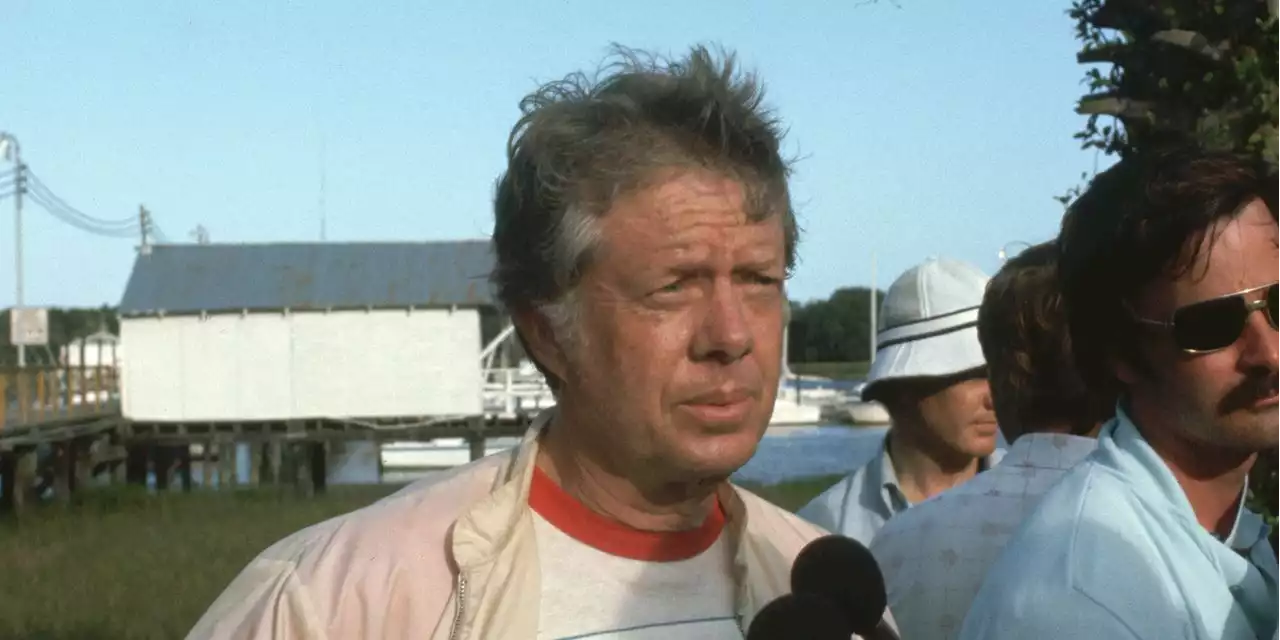 Essay | How the Allman Brothers Band Helped Make Jimmy Carter PresidentJimmy Carter might not have become president without the help of one of America’s favorite musical acts, the Allman Brothers Band
Essay | How the Allman Brothers Band Helped Make Jimmy Carter PresidentJimmy Carter might not have become president without the help of one of America’s favorite musical acts, the Allman Brothers Band
Read more »
